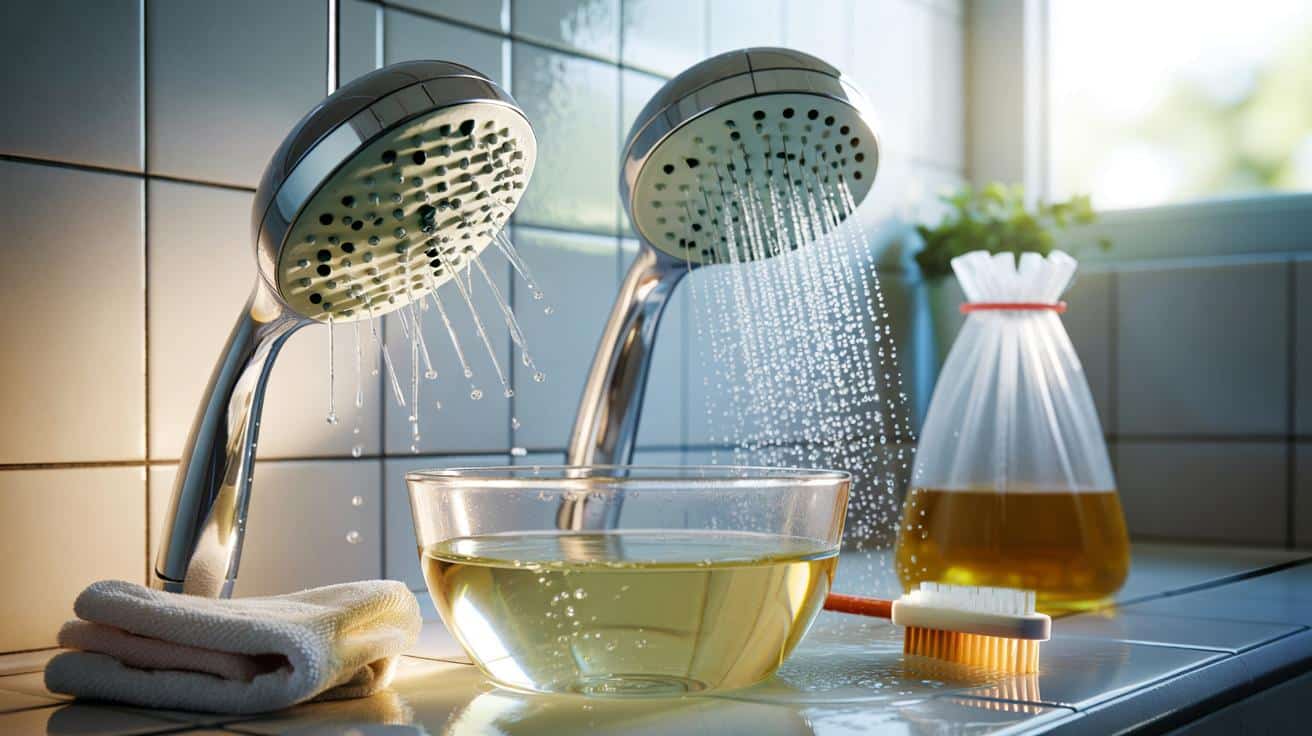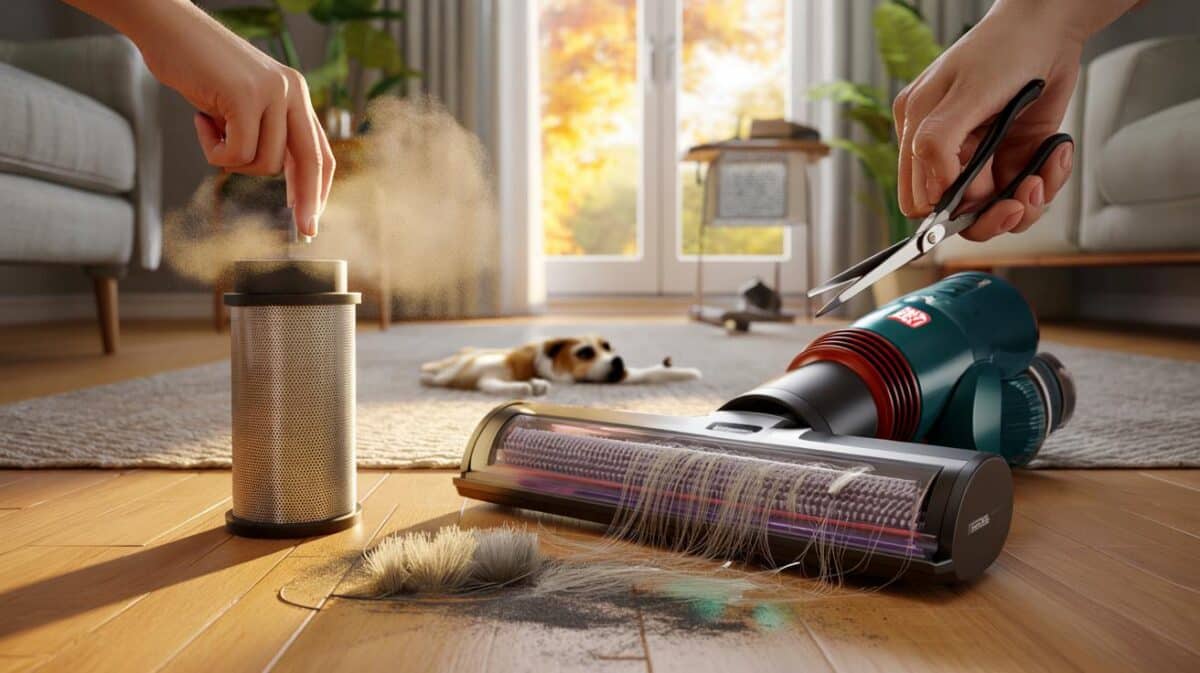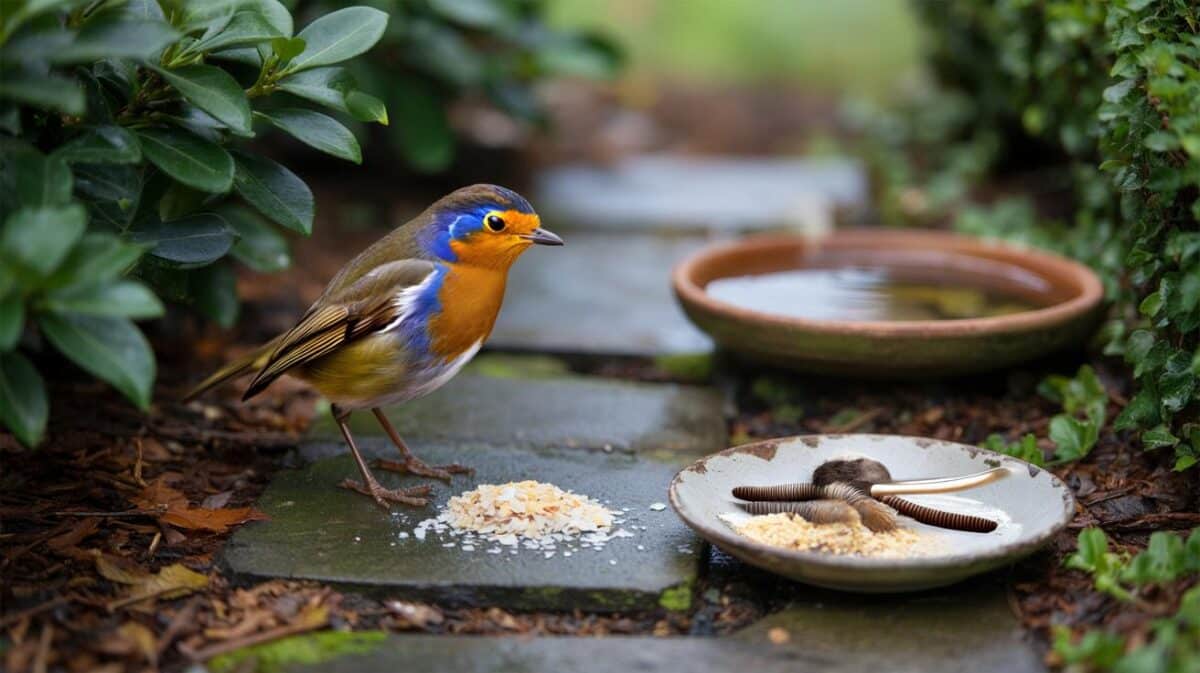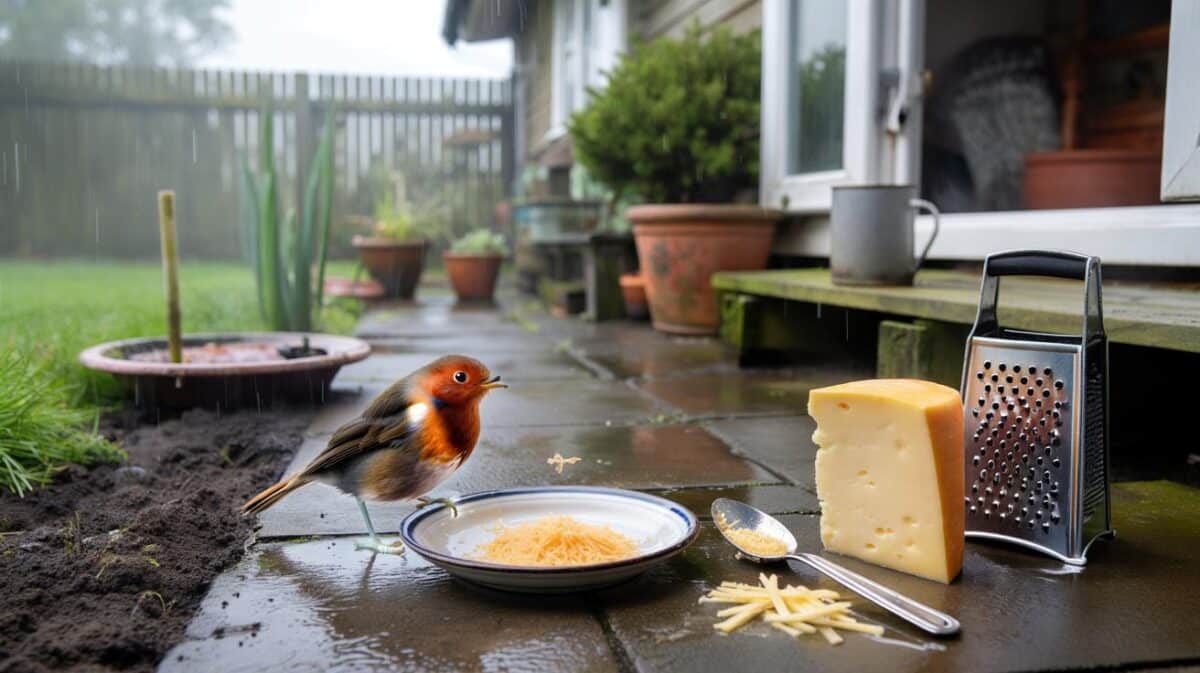Across hard‑water postcodes, mineral deposits quietly choke shower heads. Jets skew, flow drops, and microbes can settle in stagnant pockets. A simple, no‑scrub routine clears the mess with household kit and a little warmth.
Why limescale strangles your shower
Hard water carries dissolved calcium and magnesium. As droplets dry on and inside your shower head, they leave behind crystals. Those crystals creep into tiny nozzles, narrow passages, and the face plate. Jets start to misfire, pressure feels poor, and the spray stings in random directions. White crust at the outlets signals the build‑up has begun.
- Uneven spray or whistling sounds during use.
- Stray side jets that soak the walls, not you.
- Chalky residue around rubber nozzles or the face plate.
- A flow rate that used to feel lively but now dribbles.
Left alone, limescale narrows jets and traps biofilm. Clean jets restore a steady spray and better hygiene.
The hot vinegar method: low cost, no scrubbing
White vinegar contains acetic acid, which dissolves calcium carbonate gently. Warm it and the reaction speeds up, so mineral deposits release with minimal effort. Chrome and most plastics tolerate a warm soak, while harsh abrasives or heavy‑duty chemicals can scar finishes and wear seals.
Warm, not boiling: aim for 40–50°C to lift deposits without harming gaskets, O‑rings or coatings.
What you need
- 1 litre of white vinegar (distilled).
- A heatproof bowl or a sturdy freezer bag with a rubber band.
- Hot water from the tap or kettle, cooled slightly.
- An old toothbrush and a soft cloth.
- Optional: washing‑up gloves; a thermometer for water temperature.
Step‑by‑step: 20 minutes to clear jets
Most heads regain an even, forceful spray after a single warm soak and rinse. No scraping, no wire wool.
No‑dismantle bag method
Short on time or tools? Fill a strong bag with warm vinegar, slip it over the mounted head, and secure it with a band. Keep openings immersed and metal finishes protected. After 20–30 minutes, remove, run hot water, and wipe dry. This quick treatment works well monthly.
Keep it clear: habits that prevent rapid build‑up
- Run the shower hot for 20–30 seconds after use to flush residual droplets from the head.
- Wipe the face plate with a soft cloth to remove water before it dries.
- Repeat a 20‑minute warm vinegar soak every 4–6 weeks in hard‑water areas.
- Avoid abrasive pads and powdered scouring agents; they scratch and invite faster scaling.
- If your head has rubber nozzles, flex them weekly with your fingers to break tiny crusts.
Skip abrasives. Fine scratches increase surface area and give limescale more places to grip.
Safety and materials: what to check before soaking
Read the maker’s leaflet if you have it. Many chrome‑plated plastics handle mild acids well, but some finishes do not.
- Keep vinegar away from natural stone, enamel with hairline cracks, and gold‑tone or bronze coatings.
- Do not immerse decorative caps or painted parts unless specified as acid‑safe.
- Rinse seals thoroughly after soaking to remove trapped acid and loosened grit.
- Ventilate the room if the smell bothers you. The odour fades quickly after rinsing.
Never mix vinegar with bleach or chlorine‑based cleaners. Combining acids and chlorine releases hazardous gas.
How this saves time, water and money
A constricted shower often pushes people to stay longer under the water, run hotter, or nudge the flow control higher. That raises both water use and energy demand. A five‑minute shower at 9 litres per minute uses about 45 litres. One extra minute per person adds 9 litres each time. In a home of three, that’s roughly 9,855 litres over a year.
Restoring a clean, even spray helps you heat up faster and finish sooner. White vinegar typically costs under £1 per litre. A basic replacement head ranges from about £10 to £60. Clearing the old one first is the cheaper experiment, and many heads bounce back strongly with this routine.
Alternatives if vinegar isn’t your favourite
Citric acid solution
Citric acid powder dissolves in warm water and leaves a lighter scent. Mix 2–3 tablespoons in half a litre of warm water and soak as described above. Rinse well. It works gently and suits chrome and most plastics.
Mild commercial descalers
Choose products labelled for kettles or bathroom fittings and follow the contact times closely. Shorten the soak for plated parts and always rinse longer than you think necessary.
When the trick won’t be enough
If flow is still weak after cleaning, look for other pinch points:
- A kinked or clogged hose: disconnect, flush from both ends, and check the washer.
- Debris in the inlet filter or the valve: many mixers have tiny mesh screens that need rinsing.
- Low household pressure: a pressure drop on other taps hints at a wider supply issue.
- A tired thermostatic cartridge: scale can jam it; some cartridges need periodic servicing or replacement.
Quick comparison of common approaches
| Method | Time | Approximate cost | Effort | Finish risk |
|---|---|---|---|---|
| Warm white vinegar soak | 20–60 min | £0.50–£1 per litre | Low | Low if not boiled |
| Citric acid solution | 20–60 min | £0.20–£0.40 per treatment | Low | Low |
| Commercial descaler | 5–30 min | Varies | Low–medium | Medium if misused |
| Replacement head | 10–20 min | £10–£60 | Low | N/A |
Extra context to help you plan
Large parts of England have hard or very hard water, so a monthly light descale prevents stubborn crusts from taking hold. If you upgrade in future, look for heads with flexible rubber nozzles and a face you can easily wipe. Those features make quick maintenance much easier.
Sensitive noses can tame vinegar odour by adding a slice of lemon peel to the warm solution, then rinsing thoroughly. Store vinegar safely and label any reused bottles. If your bathroom includes natural stone, keep acids away and clean over a basin to avoid splashes.







